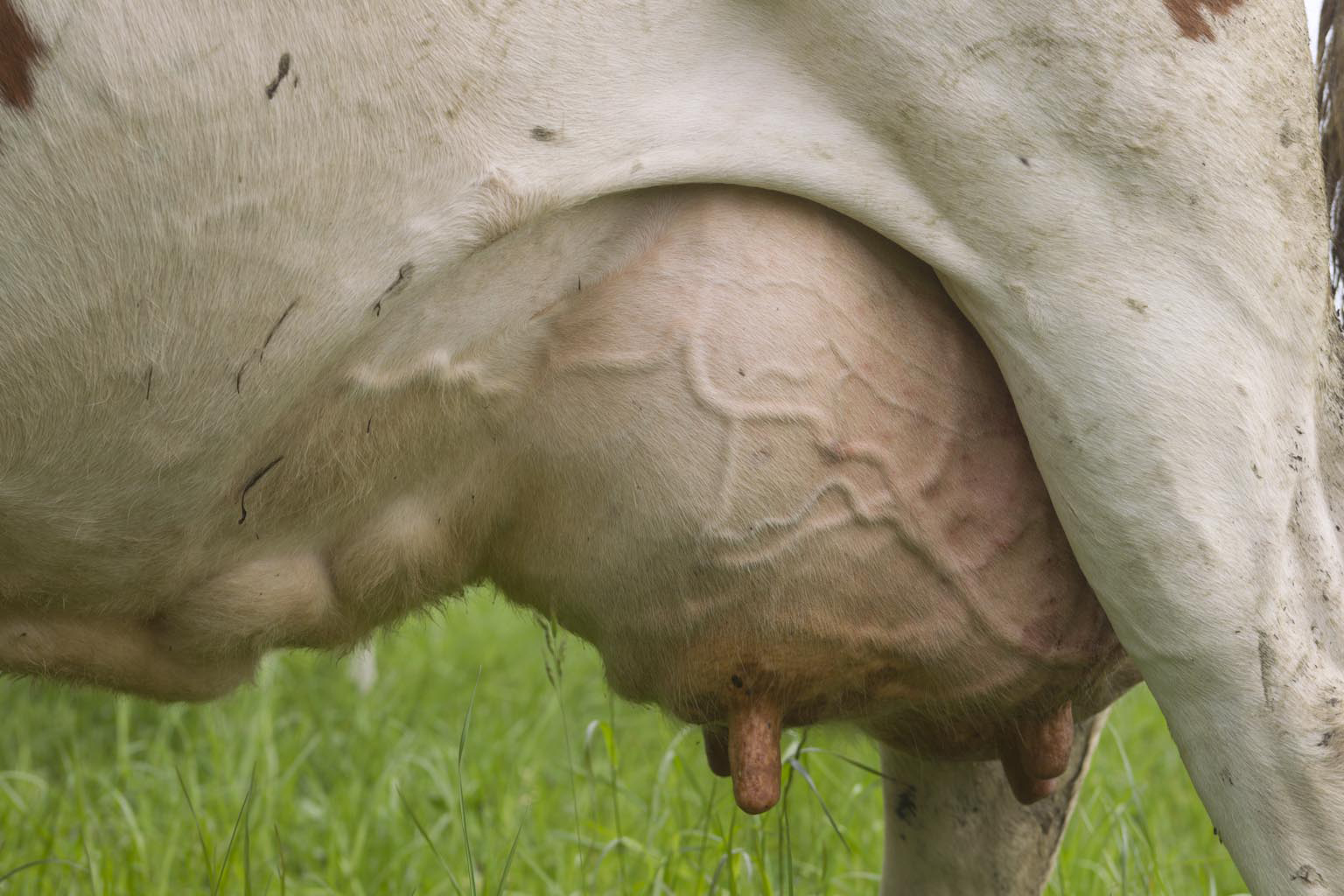- Home
- Knowledge library
- The use of NSAIDs in the treatment and prevention of lameness (PhD)
The use of NSAIDs in the treatment and prevention of lameness (PhD)
Summary
Summary
Lameness presents one of the most pressing challenges facing the global dairy industry. Claw horn lesions (CHL) are reported as the most common cause of lameness in intensive dairy systems. Despite their prevalence our understanding of pathogenesis and long-term treatment outcomes are poor at best. A number of recent advances have pointed to the potential role of inflammation in the development of CHLs, either subacute systemic inflammation associated with parturition or localised inflammation in the hoof derived from active CHLs. It has been demonstrated that lameness begets future lameness. Managing the inflammation associated with parturition and CHL onset may in turn provide an effective strategy for managing lameness on farm.
Key Findings
- The routine administration of NSAIDs at first and subsequent calving, and at every lameness event is critical in reducing an animals risk of becoming lame in the future
- This NSAIDs adminstration minimized the effect that calving has on the functional anatomy of the foot, meaning that the foot is able to function to its optimum capacity
- Appropriate pain management may minimize the risk of “pain wind-up” or hyperalgesia
- The effect size was substantial, with an absolute reduction in lameness prevalence of 10% and severe lameness of 3%
- Animals receiving this treatment had a significantly reduced risk of being culled.
About this project
Aims and Objectives
To investigate the effects of routine long-term treatment with the non-steroidal anti-inflammatory drug (NSAID) ketoprofen at calving and during treatment for lameness, on the future risk of lameness and culling.
A cohort of dairy heifers were recruited from one commercial, intensively managed dairy herd for 34 months and randomly allocated to one of four treatment groups prior to first calving. The lactating herd was lameness scored fortnightly to identify lame animals for treatment as soon as they became lame. Table 2 describes the different treatment regimens utilized in this study.
Animals were tracked for the duration of the trial. Animals were also lameness scored fortnightly by independent blinded outcome scorers who were not involved in study administration. Mixed effect logistic regression models were used to evaluate the impact of treatment group on the on-going risk of lameness. A Cox proportional hazards survival model was used to investigate the effect of treatment group on time to culling.
Key results
Animals in Groups 2 & 3 were at a significantly reduced risk of being culled throughout the study period. The lameness effect size we identified was large and indicated that treating a cohort of animals with the Group 3 protocol, would lead to an absolute reduction in lameness prevalence of approximately 10% and severe lameness prevalence of 3%, compared to animals treated in accordance with conventional practice (Group 1).
Our results indicate that treatment with ketoprofen at first and subsequent calvings and at every lameness event, reduced the lifetime risk of lameness (any or severe) and culling during a 34-month RCT. We hypothesise that systemic and local inflammation at the time of calving and at lameness respectively predisposes cows to future lameness and that this is limited by routine treatment with NSAIDs. Furthermore, an interruption in pain signaling pathways may be associated with the repeated administration of NSAIDs at painful events (e.g.calving and lameness) which would lead to a substantial improvement to animal welfare through a reduction in pain up-cycling. The administration of NSAIDs at calving and when treated for lameness appears to set animals on a trajectory to experience less lameness, and consequently less pain, in future life as well as be at a reduced risk of culling.
Related resources


